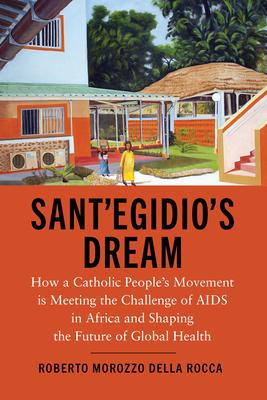The story of an innovative program of treatment for AIDS in Africa that succeeded in the face of international development agencies' "afro pessimism"
Until this century, Western governments and foundations framing policies for AIDS relief in Africa maintained that prevention alone was a preferable alternative to prevention-plus-treatment, which would be costly and impractical in Africa, or would benefit only the prosperous and well-connected.
Sant'Egidio's Dream argues that this initial, failed approach to AIDS in African countries reflects a global moral blindness to the imperative to save lives-which was not lost on the Community of Sant'Egidio, an Italian, Catholic social movement rooted in "the gospel and friendship" and present in 70 countries. Drawing on two decades of peacemaking and humanitarian experience in Africa, the movement grasped the evidence that HIV, if treated, does not lead to AIDS and to death-and saw that treatment gives hope in Africa just as it does in the developed world. By enabling large numbers of people to live with a chronic disease, and involving family and neighbors in free and effective care, it offers a dream of a society surviving and even thriving in spite of HIV. In 2002, Sant Egidio established the DREAM (Drug Resource Enhancement Against AIDS and Malnutrition) project, a community-based approach to the AIDS crisis, rooted in medicine, epidemiology, and public health, that has proven effective in ten countries where it has been implemented-and has emerged as a model for healthcare in the global South.
